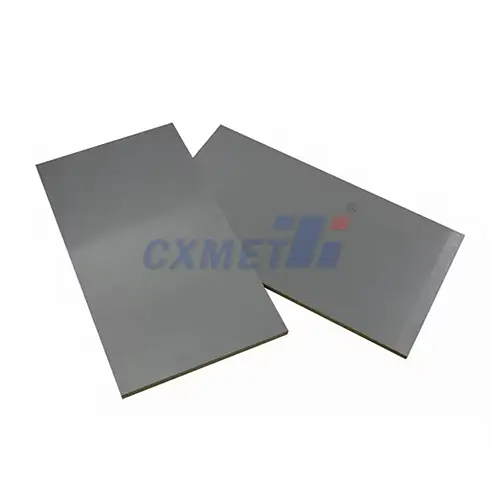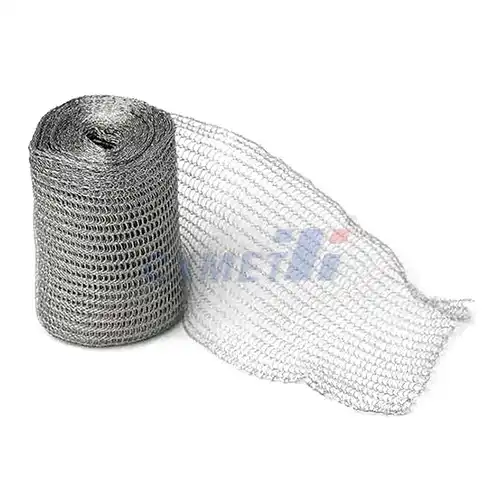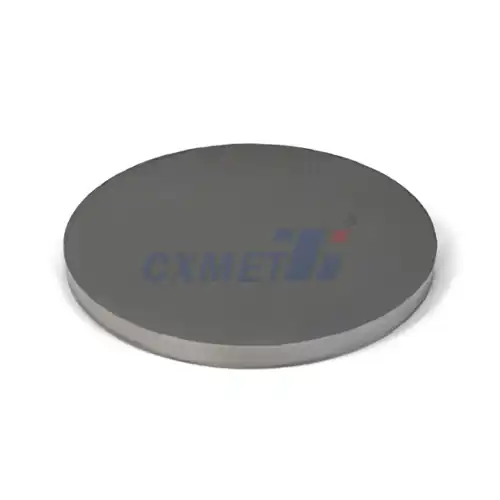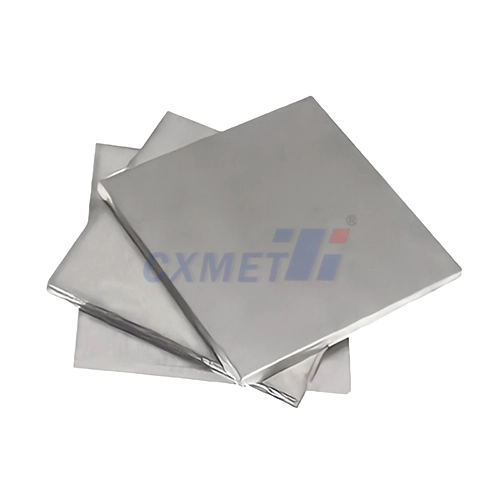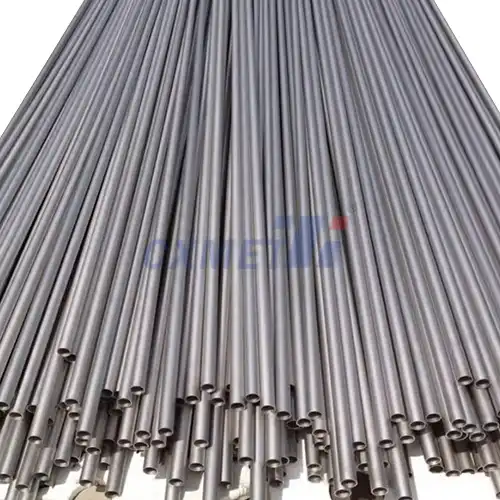- English
- French
- German
- Portuguese
- Spanish
- Russian
- Japanese
- Korean
- Arabic
- Greek
- German
- Turkish
- Italian
- Danish
- Romanian
- Indonesian
- Czech
- Afrikaans
- Swedish
- Polish
- Basque
- Catalan
- Esperanto
- Hindi
- Lao
- Albanian
- Amharic
- Armenian
- Azerbaijani
- Belarusian
- Bengali
- Bosnian
- Bulgarian
- Cebuano
- Chichewa
- Corsican
- Croatian
- Dutch
- Estonian
- Filipino
- Finnish
- Frisian
- Galician
- Georgian
- Gujarati
- Haitian
- Hausa
- Hawaiian
- Hebrew
- Hmong
- Hungarian
- Icelandic
- Igbo
- Javanese
- Kannada
- Kazakh
- Khmer
- Kurdish
- Kyrgyz
- Latin
- Latvian
- Lithuanian
- Luxembou..
- Macedonian
- Malagasy
- Malay
- Malayalam
- Maltese
- Maori
- Marathi
- Mongolian
- Burmese
- Nepali
- Norwegian
- Pashto
- Persian
- Punjabi
- Serbian
- Sesotho
- Sinhala
- Slovak
- Slovenian
- Somali
- Samoan
- Scots Gaelic
- Shona
- Sindhi
- Sundanese
- Swahili
- Tajik
- Tamil
- Telugu
- Thai
- Ukrainian
- Urdu
- Uzbek
- Vietnamese
- Welsh
- Xhosa
- Yiddish
- Yoruba
- Zulu
What are the Advantages of Grade 5 Titanium Alloy Tube?
2024-10-09 17:30:05
Grade 5 titanium alloy, also known as Ti-6Al-4V, is a high-strength titanium alloy that has gained significant popularity in various industries due to its exceptional properties. This alloy, commonly used in tube form, offers a unique combination of strength, lightweight, and corrosion resistance, making it an ideal choice for applications ranging from aerospace to medical implants. In this blog post, we'll explore the numerous advantages of Grade 5 titanium alloy tubes and why they have become a preferred material in many high-performance applications.
What are the key properties of Grade 5 titanium alloy?
Grade 5 titanium alloy is renowned for its impressive mechanical and physical properties, which set it apart from other materials. This alloy consists of 90% titanium, 6% aluminum, and 4% vanadium, resulting in a material that offers an exceptional strength-to-weight ratio. The key properties of Grade 5 titanium alloy include:
1. High strength: Grade 5 titanium alloy boasts a tensile strength of around 900-1000 MPa, which is significantly higher than many other metals, including stainless steel. This high strength allows for the creation of lightweight yet durable structures, making it ideal for applications where weight reduction is crucial without compromising on strength.
2. Low density: With a density of approximately 4.43 g/cm³, Grade 5 titanium alloy is about 45% lighter than steel and 60% heavier than aluminum. This low density contributes to its excellent strength-to-weight ratio, enabling the design of lightweight components that can withstand high loads and stresses.
3. Excellent corrosion resistance: Grade 5 titanium alloy exhibits exceptional resistance to corrosion in various environments, including saltwater, acids, and industrial chemicals. This property is attributed to the formation of a stable, protective oxide layer on the surface of the material, which prevents further oxidation and degradation.
4. High temperature performance: The alloy maintains its strength and stability at elevated temperatures, with a maximum service temperature of around 400°C (752°F). This makes it suitable for applications in aerospace and automotive industries where components are exposed to high temperatures.
5. Biocompatibility: Grade 5 titanium alloy is highly biocompatible, meaning it is non-toxic and well-tolerated by the human body. This property, combined with its strength and corrosion resistance, makes it an excellent choice for medical implants and surgical instruments.
These properties make Grade 5 titanium alloy tubes an attractive option for various industries, including aerospace, automotive, marine, chemical processing, and medical fields. The combination of high strength, low weight, and corrosion resistance allows engineers and designers to create innovative solutions that meet the demanding requirements of modern applications.
How does Grade 5 titanium alloy compare to other materials in tube applications?
When comparing Grade 5 titanium alloy tubes to other materials commonly used in similar applications, several factors come into play. Let's examine how this alloy stacks up against some of its competitors:
1. Stainless Steel:
Grade 5 titanium alloy tubes offer significant advantages over stainless steel in terms of weight reduction and specific strength. While stainless steel is known for its corrosion resistance and durability, titanium alloy tubes are approximately 45% lighter, making them preferable in weight-critical applications. Additionally, Grade 5 titanium alloy has a higher strength-to-weight ratio, allowing for thinner-walled tubes that can handle similar loads with less material.
2. Aluminum Alloys:
Although aluminum alloys are lighter than titanium, Grade 5 titanium alloy tubes outperform them in terms of strength and temperature resistance. Titanium alloy tubes can withstand higher temperatures and maintain their properties better than aluminum, making them more suitable for high-temperature applications. Moreover, titanium's superior corrosion resistance gives it an edge in harsh environments where aluminum might deteriorate.
3. Other Titanium Alloys:
Compared to commercially pure titanium or other titanium alloys, Grade 5 offers a better balance of strength, ductility, and machinability. For instance, while Grade 2 titanium is more easily formed and welded, Grade 5 provides significantly higher strength, making it the preferred choice for high-stress applications.
4. Composite Materials:
While advanced composites can offer excellent strength-to-weight ratios, Grade 5 titanium alloy tubes often provide better overall performance in terms of temperature resistance, impact strength, and long-term durability. Titanium alloy tubes are also more predictable in their behavior and easier to inspect for potential defects or damage.
5. Nickel-based Superalloys:
In high-temperature applications, Grade 5 titanium alloy tubes can sometimes replace more expensive nickel-based superalloys. While superalloys may offer better performance at extremely high temperatures, titanium alloy tubes provide a more cost-effective solution for applications up to about 400°C, with the added benefit of weight savings.
The versatility of Grade 5 titanium alloy tubes allows them to excel in various applications where other materials might fall short. For example:
- In aerospace, titanium alloy tubes are used in hydraulic systems, landing gear components, and structural elements, where their high strength-to-weight ratio contributes to fuel efficiency and performance.
- In the marine industry, these tubes resist saltwater corrosion better than many alternatives, making them ideal for heat exchangers, desalination plants, and offshore drilling equipment.
- In the chemical processing industry, Grade 5 titanium alloy tubes withstand aggressive chemicals and high pressures, outperforming many other materials in terms of longevity and safety.
- In medical applications, the biocompatibility and strength of these tubes make them excellent choices for implants, surgical instruments, and prosthetics.
When selecting materials for tube applications, engineers must consider factors such as mechanical properties, environmental conditions, weight constraints, and cost. Grade 5 titanium alloy often emerges as the optimal choice due to its unique combination of properties that address multiple requirements simultaneously.
What are the manufacturing processes for Grade 5 titanium alloy tubes?
The manufacturing of Grade 5 titanium alloy tubes involves several sophisticated processes, each tailored to achieve specific properties and geometries. Understanding these manufacturing methods is crucial for engineers and designers to leverage the full potential of this material. Let's explore the primary manufacturing processes used to create Grade 5 titanium alloy tubes:
1. Extrusion:
Extrusion is a widely used method for producing titanium alloy tubes with consistent cross-sections. In this process, a heated titanium alloy billet is forced through a die with the desired tube shape. The extrusion process can be either hot or cold, depending on the specific requirements of the final product.
- Hot extrusion is performed at temperatures above the material's recrystallization point, typically around 900°C to 1000°C for Grade 5 titanium alloy. This method allows for greater deformation and is suitable for producing tubes with larger diameters and thicker walls.
- Cold extrusion, performed at room temperature or slightly elevated temperatures, is used for smaller diameter tubes and offers better dimensional accuracy and surface finish.
Extrusion allows for the production of tubes with complex cross-sections and is particularly efficient for long, straight tubes. However, it may require additional processing steps to achieve tight tolerances or specific surface finishes.
2. Seamless Pipe Drawing:
Seamless pipe drawing is another common method for producing Grade 5 titanium alloy tubes, especially for applications requiring high precision and smooth surfaces. This process involves drawing a hollow titanium alloy billet through a series of dies to reduce its diameter and wall thickness.
The process typically begins with a larger diameter tube or hollow billet, which is then repeatedly drawn through progressively smaller dies. Between drawing steps, the material may be annealed to restore ductility and reduce internal stresses. This method can produce tubes with very tight tolerances and excellent surface finishes.
Seamless pipe drawing is particularly advantageous for applications requiring high strength and uniform properties along the tube length, such as in aerospace hydraulic systems or high-pressure chemical processing equipment.
3. Welded Tube Fabrication:
While seamless tubes are preferred for many high-performance applications, welded Grade 5 titanium alloy tubes can be a cost-effective alternative for certain uses. In this process, flat titanium alloy sheet or strip is formed into a cylindrical shape and welded along the seam.
The welding process for Grade 5 titanium alloy tubes typically employs advanced techniques such as:
- Tungsten Inert Gas (TIG) welding
- Electron Beam Welding (EBW)
- Laser Beam Welding (LBW)
These methods ensure high-quality, strong welds that maintain the material's corrosion resistance and mechanical properties. After welding, the tubes often undergo heat treatment to relieve stresses and homogenize the microstructure.
Welded tubes can be produced in larger diameters and with thinner walls compared to seamless tubes, making them suitable for applications like heat exchangers or large structural components where weight savings are crucial.
4. Additive Manufacturing:
With the advancement of 3D printing technologies, additive manufacturing has emerged as a promising method for producing Grade 5 titanium alloy tubes, especially for complex geometries or small production runs. Techniques such as Selective Laser Melting (SLM) or Electron Beam Melting (EBM) can build tubes layer by layer, allowing for intricate internal structures or custom shapes that would be difficult or impossible to achieve with traditional manufacturing methods.
Additive manufacturing offers several advantages:
- Design flexibility for creating optimized tube geometries
- Reduced material waste compared to subtractive manufacturing processes
- Ability to produce small batches or prototypes cost-effectively
However, additively manufactured tubes may require post-processing steps such as heat treatment, surface finishing, or machining to meet specific dimensional or performance requirements.
5. Post-Processing Techniques:
Regardless of the initial manufacturing method, Grade 5 titanium alloy tubes often undergo various post-processing steps to enhance their properties or meet specific application requirements:
- Heat Treatment: Annealing or aging treatments can optimize the microstructure and mechanical properties of the tubes.
- Surface Treatments: Processes like chemical milling, anodizing, or nitriding can enhance corrosion resistance or modify surface properties for specific applications.
- Precision Machining: CNC machining or grinding may be used to achieve tight tolerances or create features such as threads or grooves.
- Non-Destructive Testing (NDT): Techniques like ultrasonic testing, X-ray inspection, or eddy current testing ensure the quality and integrity of the manufactured tubes.
The choice of manufacturing process for Grade 5 titanium alloy tubes depends on factors such as the required dimensions, tolerances, surface finish, and production volume. Each method has its strengths and limitations, and often a combination of processes is used to achieve the desired final product.
As technology advances, new manufacturing techniques continue to emerge, offering even greater possibilities for optimizing the production and performance of Grade 5 titanium alloy tubes. This ongoing innovation ensures that these high-performance components will continue to play a crucial role in pushing the boundaries of engineering and design across various industries.
In conclusion, the advantages of Grade 5 titanium alloy tubes stem from their exceptional combination of properties and the versatile manufacturing processes available to produce them. From aerospace to medical applications, these tubes continue to enable innovations and improvements in countless fields, solidifying their position as a material of choice for high-performance applications.
At SHAANXI CXMET TECHNOLOGY CO., LTD, we take pride in our extensive product range, which caters to diverse customer needs. Our company is equipped with outstanding production and processing capabilities, ensuring the high quality and precision of our products. We are committed to innovation and continuously strive to develop new products, keeping us at the forefront of our industry. With leading technological development capabilities, we are able to adapt and evolve in a rapidly changing market. Furthermore, we offer customized solutions to meet the specific requirements of our clients. If you are interested in our products or wish to learn more about the intricate details of our offerings, please do not hesitate to contact us at sales@cxmet.com. Our team is always ready to assist you.
References:
1. ASM International. (2015). Titanium: A Technical Guide. Materials Park, OH: ASM International.
2. Boyer, R., Welsch, G., & Collings, E. W. (1994). Materials Properties Handbook: Titanium Alloys. Materials Park, OH: ASM International.
3. Froes, F. H. (2015). Titanium: Physical Metallurgy, Processing, and Applications. Materials Park, OH: ASM International.
4. Leyens, C., & Peters, M. (Eds.). (2003). Titanium and Titanium Alloys: Fundamentals and Applications. Weinheim: Wiley-VCH.
5. Lütjering, G., & Williams, J. C. (2007). Titanium (2nd ed.). Berlin: Springer-Verlag.
6. Peters, M., Kumpfert, J., Ward, C. H., & Leyens, C. (2003). Titanium Alloys for Aerospace Applications. Advanced Engineering Materials, 5(6), 419-427.
7. Rack, H. J., & Qazi, J. I. (2006). Titanium alloys for biomedical applications. Materials Science and Engineering: C, 26(8), 1269-1277.
8. Veiga, C., Davim, J. P., & Loureiro, A. J. R. (2012). Properties and applications of titanium alloys: A brief review. Reviews on Advanced Materials Science, 32(2), 133-148.
9. Wang, X., & Xu, S. (2018). Advances in Titanium Alloy Production Technology and Application. Singapore: Springer.
10. Yang, X., & Liu, C. R. (1999). Machining titanium and its alloys. Machining Science and Technology, 3(1), 107-139.

